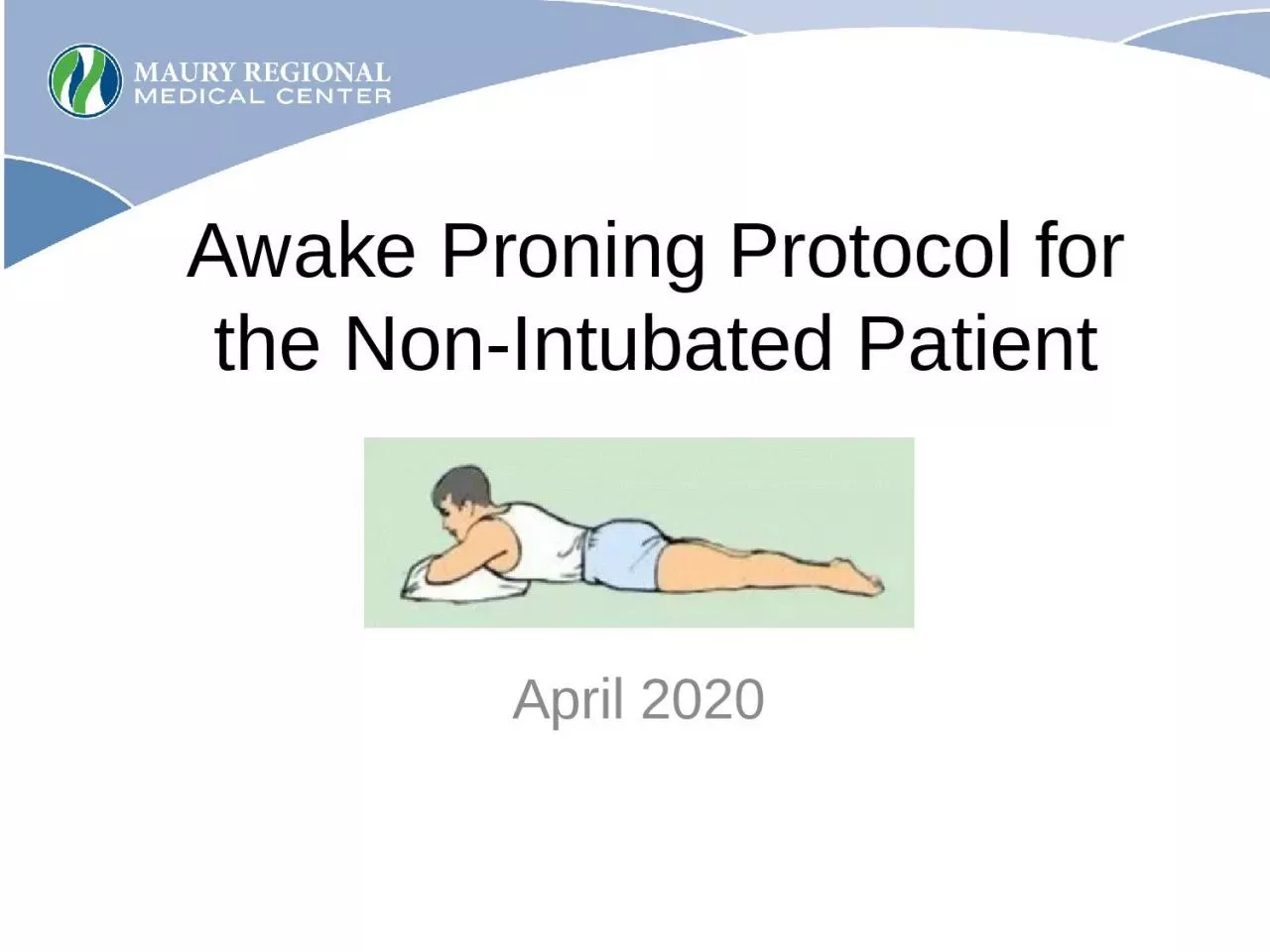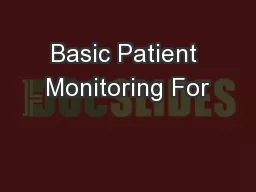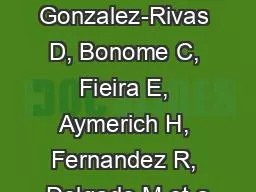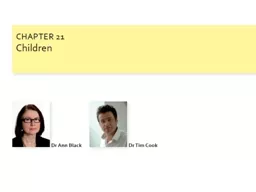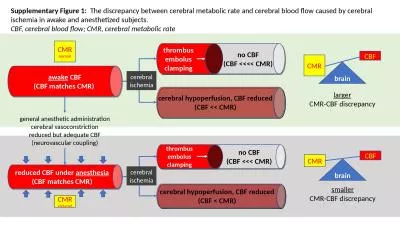PPT-Awake Proning Protocol for the Non-Intubated Patient
Author : amber | Published Date : 2024-02-03
April 2020 Objectives Recognize the purpose and benefits of prone positioning Identify the appropriate patient population and eligibility requirements for prone
Presentation Embed Code
Download Presentation
Download Presentation The PPT/PDF document "Awake Proning Protocol for the Non-Int..." is the property of its rightful owner. Permission is granted to download and print the materials on this website for personal, non-commercial use only, and to display it on your personal computer provided you do not modify the materials and that you retain all copyright notices contained in the materials. By downloading content from our website, you accept the terms of this agreement.
Awake Proning Protocol for the Non-Intubated Patient: Transcript
Download Rules Of Document
"Awake Proning Protocol for the Non-Intubated Patient"The content belongs to its owner. You may download and print it for personal use, without modification, and keep all copyright notices. By downloading, you agree to these terms.
Related Documents

